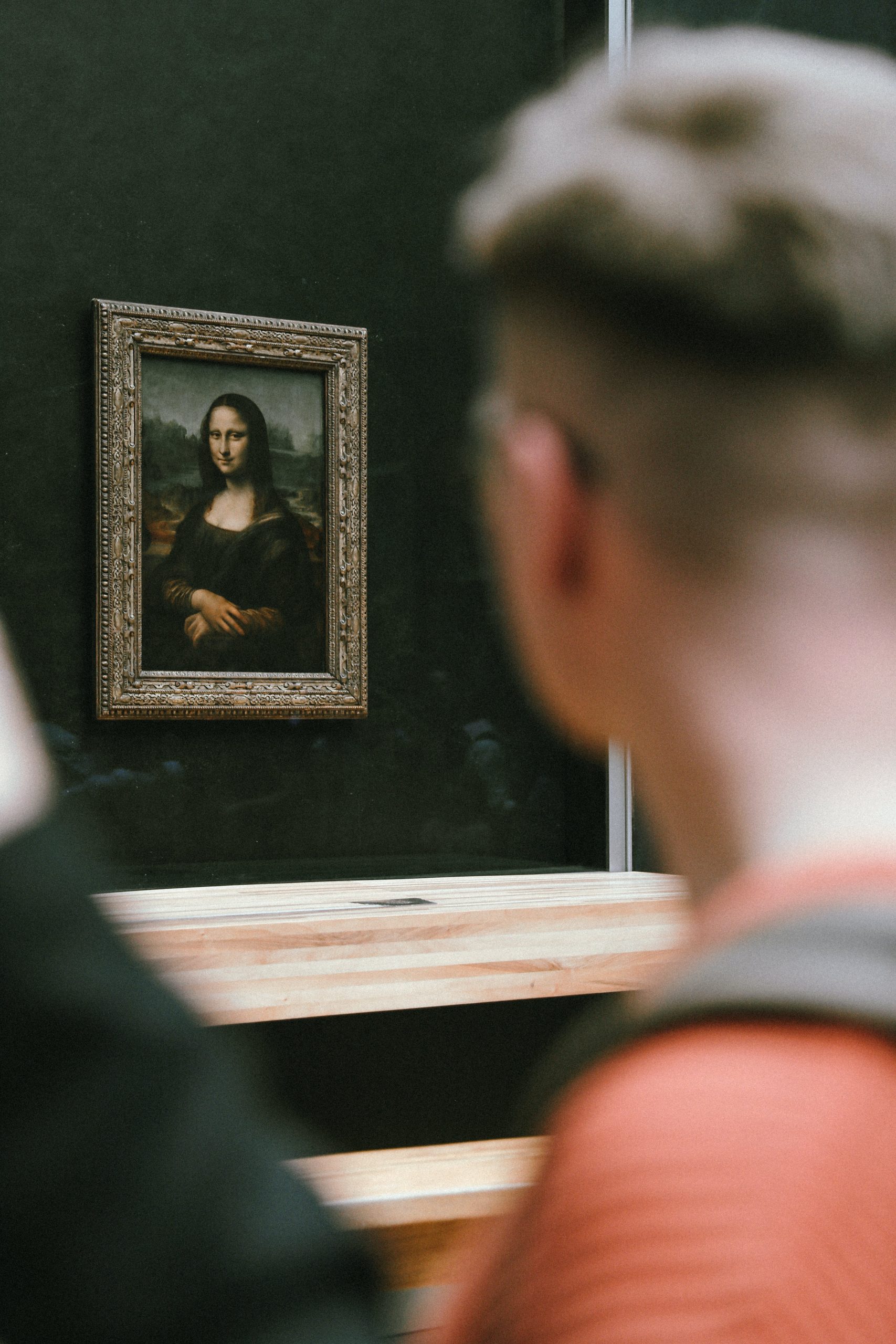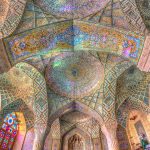Can the complex dialect of the art world be easily understood? How hard is it, to differentiate between Cubism’s fragmented forms and The emotional brushstrokes of realism, the nuanced distinctions between Impressionism and Expressionism ? Each of the following major art movements whispers a distinct narrative. So! Set back and relax, as we unpack these movements, their history, and defining features.
Eight Major Art Movements
1.Renaissance (14th-17th Century)
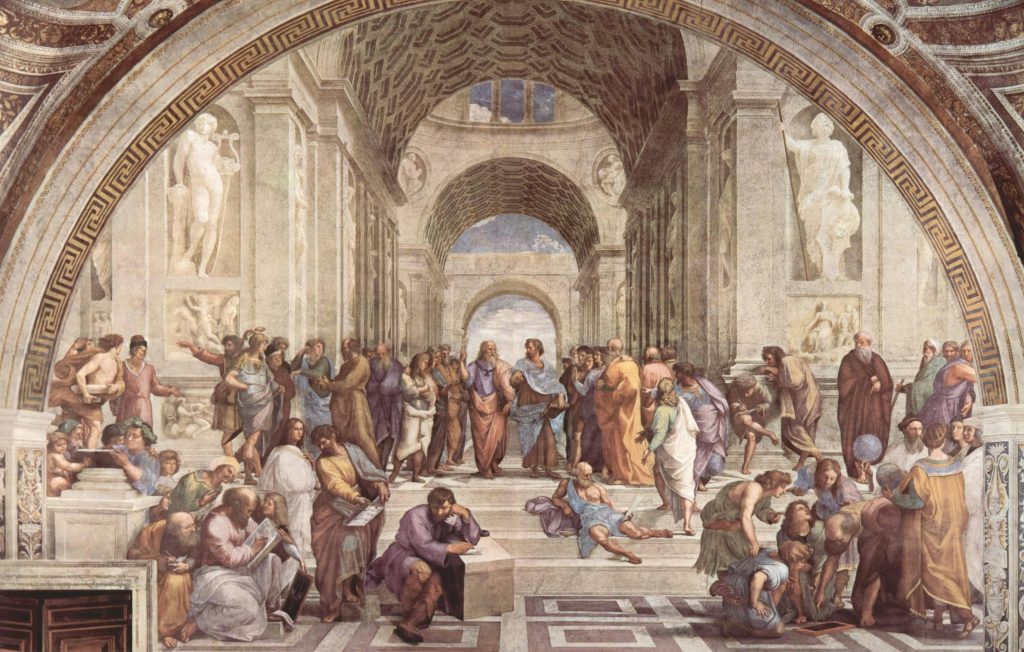
- History: The Renaissance began in Italy during the late Middle ages, marking a pivotal cultural transformation, embodying a rebirth of interest in classical arts and philosophies of ancient Greece and Rome.
- Main Features: Focusing extensively on realism and human emotions, while prioritizing notions such as perspective, portion, and light to create naturalistic representations. Artists such as Leonardo da Vinci and Michelangelo pushed the conventional boundaries of art, emphasizing anatomical accuracy and depth in their works.
2.Impressionism (Late 19th Century)
- History: Dating back to late 1870s France, Impressionism stood as a radical departure from traditional art forms, emphasizing spontaneous, on-spot painting.
- Main Features: With an observable proclivity towards outdoors scenes, Hence capturing the fleeting effects of light an colors. Artists like Claude Monet and Pierre-Auguste Renoir sought to capture the fleeting sensations of the moments, through loose brushworks and vibrant colors.
3.Expressionism (Early 20th century)
- History: Rooted in Germany 20th century, Expressionism Sought to convey the emotional experience rather then the physical reality.
- Main Features: The bold use of color and dramatic forms is quite prominent in Expressionism, distorting reality to evoke moods and ideas. Artists such as Edvard Munch and Wassily Kandinsky tend to prioritize emotional impact over accuracy, leading to intense, and often unsettling imageries.
4. Cubism (Early 20th century)
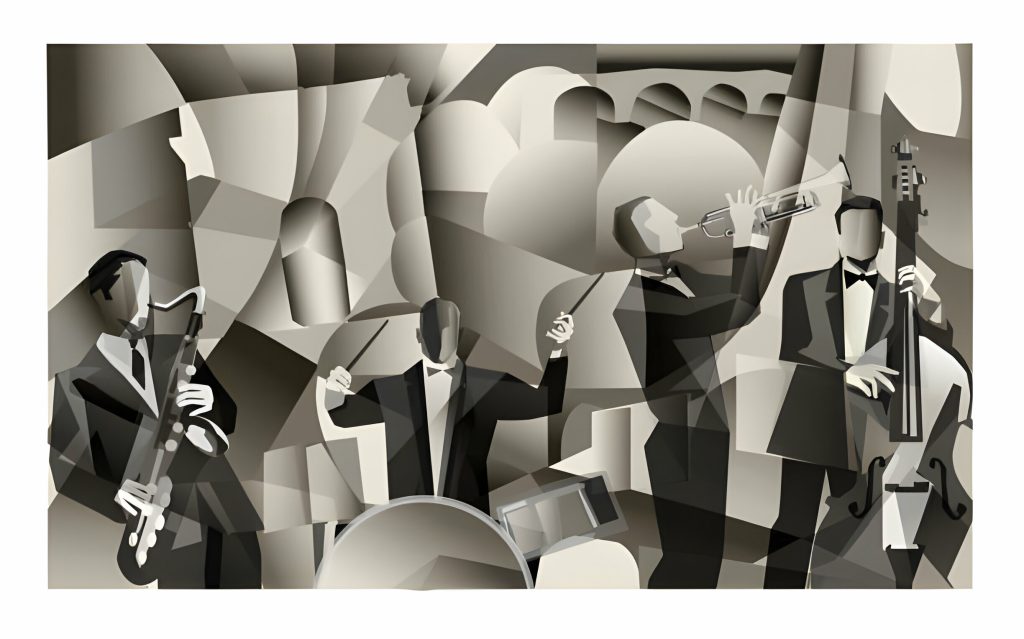
- History: developed by the iconic Pablo Picasso and Georges Braque in the early 1900s. Whereas Cubism was the first wave to break loos of traditional single view point perspective.
- Main Features: Cubism deconstruct objects into geometric shapes and reassembles them in abstracted forms, often overlapping and intersecting. Furthermore, this movement challenges traditions forms of artistic representations, stressing on the flat Tow-dimensionality of the canvas.
5.Surrealism (1920s-1950s)
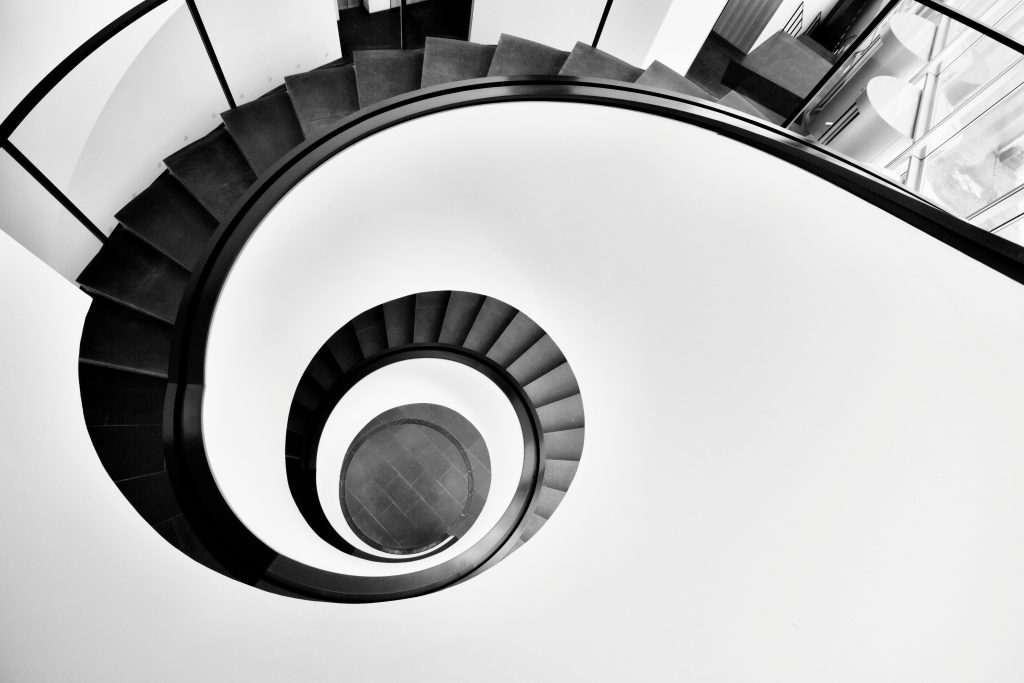
- History: Surrealism dates back to early 20th century, stimulated and inspired by the writing of theories of Sigmund Freud on the unconscious mind.
- Main Features: Surrealist giants such as Salvador Dali and René Magritte, produced bizarre, lucid and dream like scenes. The movement is widely known for its exploration of subconscious material, Hence, leveraging symbolic imagery and irrational juxtapositions to explore dreams and psyche.
6.Abstract Expressionism (1940s-1950s)
- History: Dating back to 1940s, New York city origins, Abstract Expressionism marked the pivotal and paradigm shift of the art world’s center from Paris to New York.
- Main Features: Abstract Expressionism, centered around spontaneous, automatic, or subconscious creation. Artists such as the well established Jackson Pollock and Mark Rothko focused on the sensational act of painting itself, leveraging large canvases to express feelings or emotions through profound abstract forms, spatters, and fields of color. Abstract Expressionism is often characterized by themes of personal explorations and the physical act of painting.
7.Pop-Art (1950s-1960s)

- History: Pop Art emerged in the 1950s and 1960s, primarily in the United Kingdom and the united States, as a challenge to the dominant traditions of fine art, through the incorporation of imagery from popular and mass culture, such as advertising, news, comic books, and mundane daily objects.
- Main Features: Best known for its use of bold, vibrant color pallets, captive imagery, and approaches drawn from commercial art and mass media. Artists such as Andy Warhol and Roy Lichtenstein made use of celebrities footage, consumer goods, and comic strips, often following a mechanical or commercial approach such as silk screening and Ben-day dots, This movements sought to blur the boundaries between “High” art and “Low” culture, thus, making an active statement on the nature of notions such as art, consumerism, and celebrity.
8.Minimalism (1960s-1970s)

- History: Minimalism, with roots that stretch to early 1960s United State, stood as a reaction to the emotional intensity and gestural brushwork of Abstract Expressionism, aiming to simplify art and bring it back to its basic main elements.
- Main Features: Minimalist approach mainly revolves around simplicity. The use of monochromatic colors, geometric shapes and minimal details to explore the essence of form and the viewer’s response to space. Artists such as Donald Judd, Agnes Martin, and Frank Stella, known for works characterized by a peculiar absence of personal expression and reflection, with the intent to omit any metaphorical or symbolic materials. This Artistic wave stressed on notion such as purity and simplicity, often incorporating industrial materials and process to highlight the artwork’s physical presence and spatial relationship.
In a nutshell, from the emotional depth of Expressionism to the stark clarity, of Minimalism, each major art movements offers a unique lens through which we can perceive the rich fabric of human creativity.

